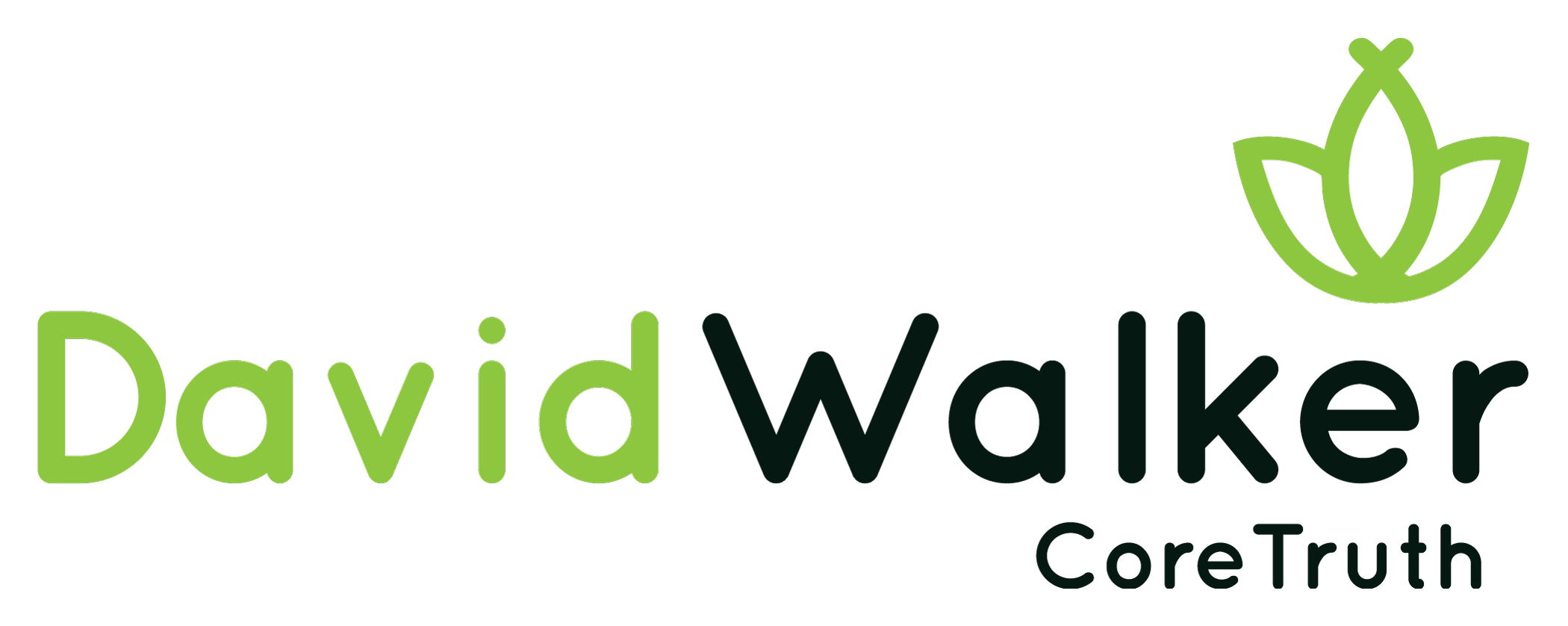The consciousness mind is you awareness at the present moment. You are aware of something on the outside as well as some specific mental functions happening on the inside. For example, you are ware of your environment, your breathing, or the chair that you are sitting on.
The subconscious mind or the preconscious mind consists of accessible information. You can become aware of this information once your direct your attention to it. Think of this as memory recall. You walk down the street to your house without consciously needing to be alert to your surroundings. You can talk on the cell phone and still arrive home safely. You can easily bring to consciousness the subconscious information about the path to your home. You can also easily remember phone numbers that you frequently use.
It is possible that some of what might be perceived to be unconscious becomes subconscious, and then conscious (e.g. a long-forgotten childhood memory suddenly emerges after decades). We can assume that some unconscious memories need a strong, specific trigger to bring them to consciousness; whereas, a subconscious memory can be brought to consciousness more easily.
The unconscious mind, consisting of the primitive, instinctual wishes as well as the information that we cannot access. Although our behaviors might indicate the unconscious forces that drive them, we don’t have easy access to the information stored in the unconscious mind. During our childhood, we acquired countless memories and experiences that formed who we are today. However, we cannot recall most of those memories. They are unconscious forces (beliefs, patterns, subjective maps of reality) that drive our behaviors.
Corsini, R. J., & Wedding, D. (2011). Current psychotherapies (9th ed.). Belmont, CA: Brooks/Cole.
and Thanks to StarOverSky.com
